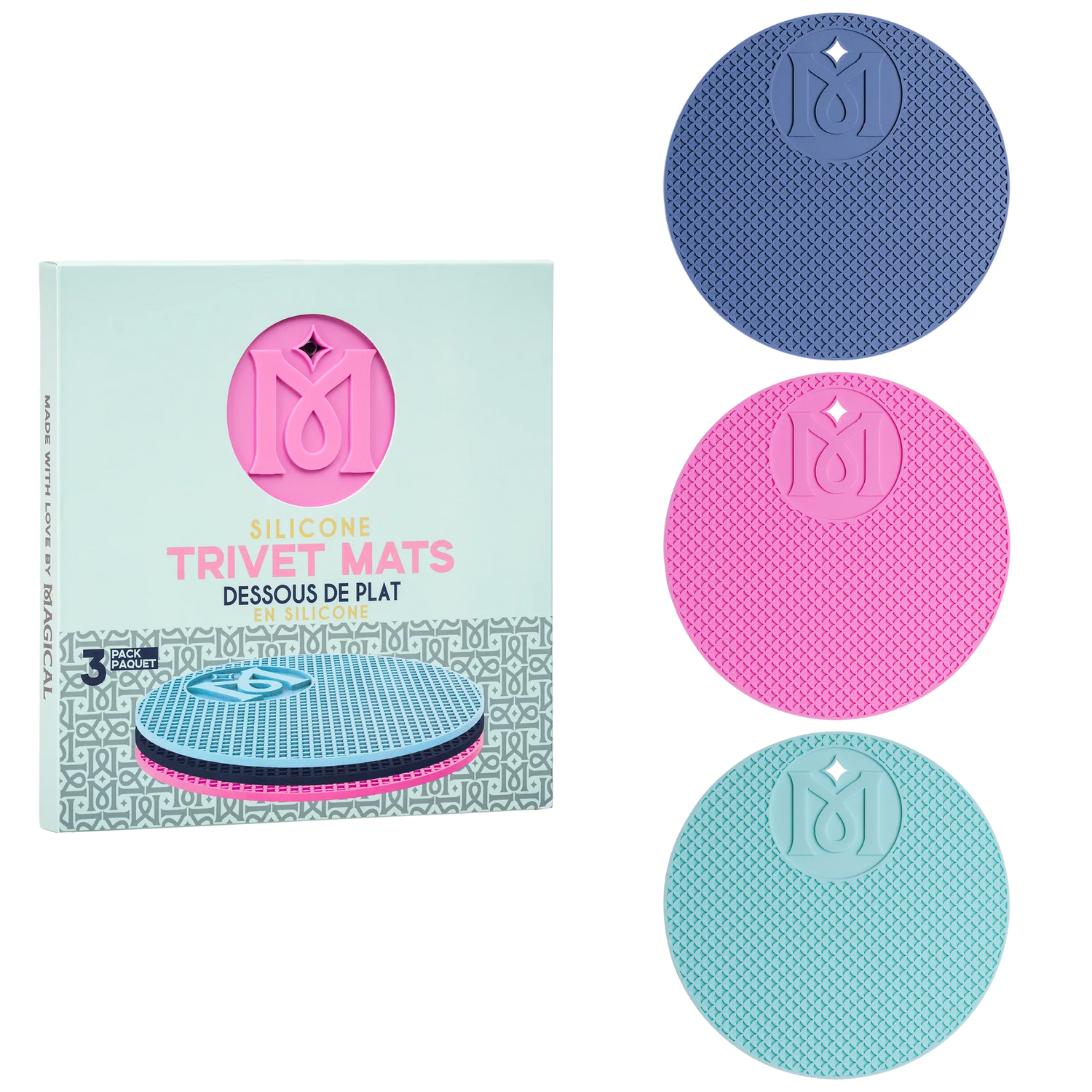Indoor gardening reduces your chance of developing a pest problem. However, once an infestation takes hold, it can be much harder to knock out. In an outdoor garden, pests have natural predators to keep them in check. Without those predators, harmful insects can quickly overtake your plants and cause serious damage.
Prevention is Key
There are a few steps you can take to further reduce the chances of letting pests into your garden. Seal all external doors and windows, and keep animals out. Banning pets from your grow space may seem harsh, but pests can hitch a ride in their fur without you ever knowing. Garden pests can also attach themselves to your clothing. After spending any time outside (especially in an outdoor garden), change your clothes and shoes before going into your grow room.

It’s important to keep your grow space clean to avoid attracting insects. Clean up spills, avoid leaving standing water in runoff trays, and remove dead plant matter as quickly as possible. Vacuum or mop your space frequently to remove potential pests, eggs, and pheromone trails.
As an additional safeguard, use an organic plant wash once a week. Most products have mixing instructions specifically for prevention, typically at half-strength. Apply as a foliar feed after, or just before, lights out to avoid light burn to your plants. Sprinkle a very small amount of diatomaceous earth around the edges of your grow space (if applied heavily it will clog vacuums and is very messy to clean up).
Monitor Your Garden
Even with proper prevention, pests can still find a way into your grow space. Check plants daily for insects, damage to leaves and stems, webs, and eggs, especially on the undersides of the leaves. Catching them early is the best way to avoid an infestation.
To make checking your garden easier, be sure to keep your plants appropriately trimmed and pruned, and keep adequate space between plants.
Start with the Least Toxic Option
Once you see pests, it's important to act quickly. If you haven’t been using the pest prevention methods mentioned above, now is the time to start. Because you’re working indoors, and most likely with plants you intend to consume, it's important to start with the most gentle option.

For crawling insects or soil dwellers, such as ants and fungus gnats, sprinkle half a tablespoon of diatomaceous earth on the soil. It won’t cause any harm to your plants but will dry out pests. For soft insects, like mites and whiteflies, a 1:1 solution of peroxide and water can be sprayed onto plants daily. If you don’t notice an improvement in a few days, it’s time to move on to something stronger.
Organic plant washes like Green Cleaner or Smite use soap, alcohol, and potent essential oils, like peppermint and geranium, to kill pests. As a bonus, they can also be used on powdery mildew and are an excellent preventative treatment. They work on a range of pests and can be used as a foliar spray or soil drench. These gentle products are safe to use on actively flowering and fruiting indoor plants like hemp.
More potent organic pesticides use ingredients such as Spinosad, Azadirachtin, and Pyrithrium. While they are derived from natural sources, they require more stringent application protocols and personal protection to avoid toxic levels of exposure. Read all labels carefully before use, and follow label instructions. Organic and natural do not mean non-toxic.

When to Use Synthetics
If you’ve been battling an infestation and can’t seem to eliminate it, you may consider synthetic chemical pesticides. There’s a wide range of products, and the right one will depend on the pest you’re fighting, as well as it’s ability to be used indoors. Many of them should not be used on plants in a flowering or fruiting stage so read labels carefully. Many pests have begun developing a tolerance to these chemicals, so it's best to use them only in extreme situations.
Integrated Pest Management
This whole-system approach to pest control is often called IPM (Integrated Pest Management). As you can see, it’s not as complex as it sounds, and includes a few additional tips.- Wash and quarantine new plants before introducing them to your regular grow space.
- Fully clean your grow room or grow tent after each harvest.
- If you have an infestation that can’t be managed with all of the above tips and chemical pesticides, do a full reset of your space and wait a month before growing again.
- For Hemp, stop using preventative foliar sprays two weeks before harvest. If battling an active infestation, stop spraying one week before harvest.
- Always apply foliar sprays during, or just before, lights out.
We’re here to help you have the best growing experience. Have more questions about indoor gardening? Contact us, or stop by Taproot Hydroponics Atlanta.






